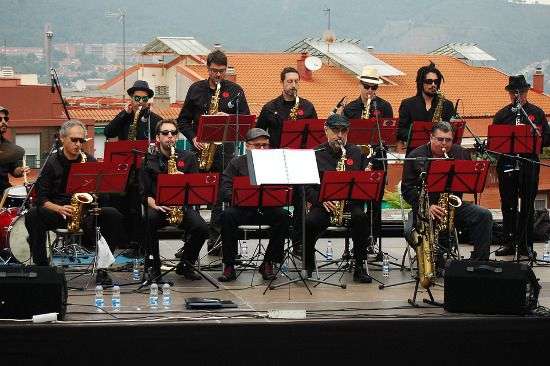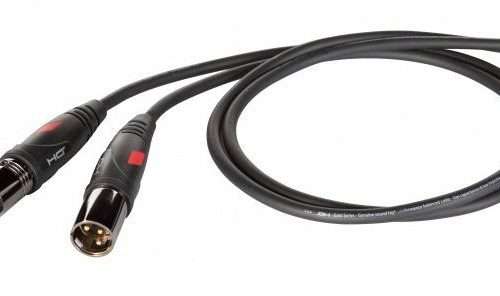
The basics of playing in the Big Band
It is not an easy art and the drummer bears an exceptionally heavy burden of responsibility, which is to create a solid rhythmic basis on the basis of which other musicians will be able to demonstrate their skills. It should be played in such a way that there is a pulse with all the accents on the stronger part of the bar. The rhythm must introduce the musicians accompanying us to a certain kind of trance, so that they can freely and smoothly realize their parts, both solo and ensemble. The swing is one of those rhythms that perfectly sets the pulse and gives the feeling of rocking between the weak part of the bar and the strong part. A great support for bass walking is playing the quarter notes on the central drum. The use of walking played on the hi-hat adds flavor to the theme of the track and the solo parts. When playing in the big band, let’s not invent too much. On the contrary, let’s try to play in a fairly simple way, as understandable to the rest of the band members as possible. This will allow other musicians to play their parts.

We must remember that we are not alone and let’s listen carefully to what our comrades are playing. To show off our skills and there will certainly be time and place for it during our solo. That’s when we have a bit of freedom and we can bend some rules a bit, but we should not forget to keep the pace, because even our solos should be within a certain time. We should also remember that a solo does not have to consist of a thousand beats per minute, on the contrary, simplicity and economy are often preferable and perceived better by many. Our game must be legible and understandable to other members of the band. We need to guide our solos so that others know when to come up with the topic. It is unacceptable to get in your way, that’s why it is so important to listen to each other. Maintaining a steady pulse ensures order. In the case of any shifts and overlapping of even and odd pulsations, it introduces confusion and chaos. Let us remember that we form a whole with the orchestra and we must inform each other about our intentions. The most important element of big band playing is proper phrasing together with the orchestra. The basic principle of correct phrasing is to distinguish between long and short notes. We perform short notes on a snare drum or a central drum, and emphasize long notes by adding a crash to them. In medium tempos it is important to keep the timing on the plate.
All this is comprehensible, but requires a lot of understanding and familiarity with the subject. One of the most important elements in working with an orchestra is knowing the notes. It is thanks to them that we are able to control the course of the song, besides, when playing in a big band, nobody teaches anyone individual parts. We come to the rehearsal, get receipts and play. The smooth reading of avista notes is a very desirable feature for those who intend to play in orchestras of this kind. In the case of percussion score, there is a lot of freedom compared to other instruments. The most common is the basic groove with where to go. This has its good and bad side, because on the one hand, we have some freedom, on the other, however, we sometimes have to guess what the composer or arranger of a given score meant in a given bar by deciphering its dots or lines.
In our notes, we also find small notes above the staff that illustrate what is happening at a given moment in the brass sections, when we should be together with the orchestra in a special way and phrasing together. It often happens that there is no set of percussion at all, and the drummer gets, for example, a piano cut or the so-called a pin. The most difficult task facing a drummer is not to let the pace change. It is not easy, especially when the brass are moving forward and wanting to set the pace. Therefore, we must be very focused from start to finish. As a rule, the big-band consists of a dozen or even several dozen people, of which the drummer is only one and there is no one to whom to throw.





